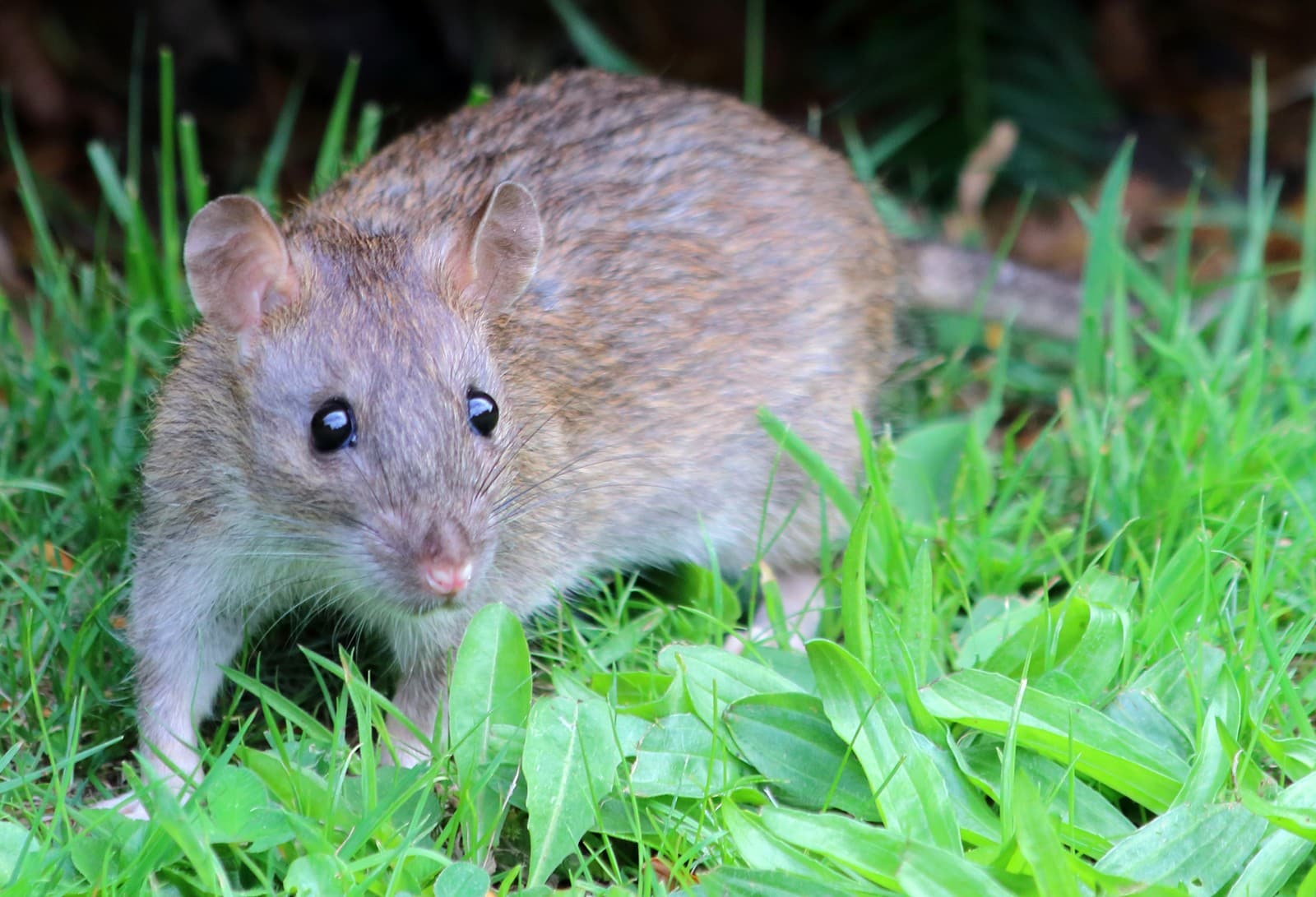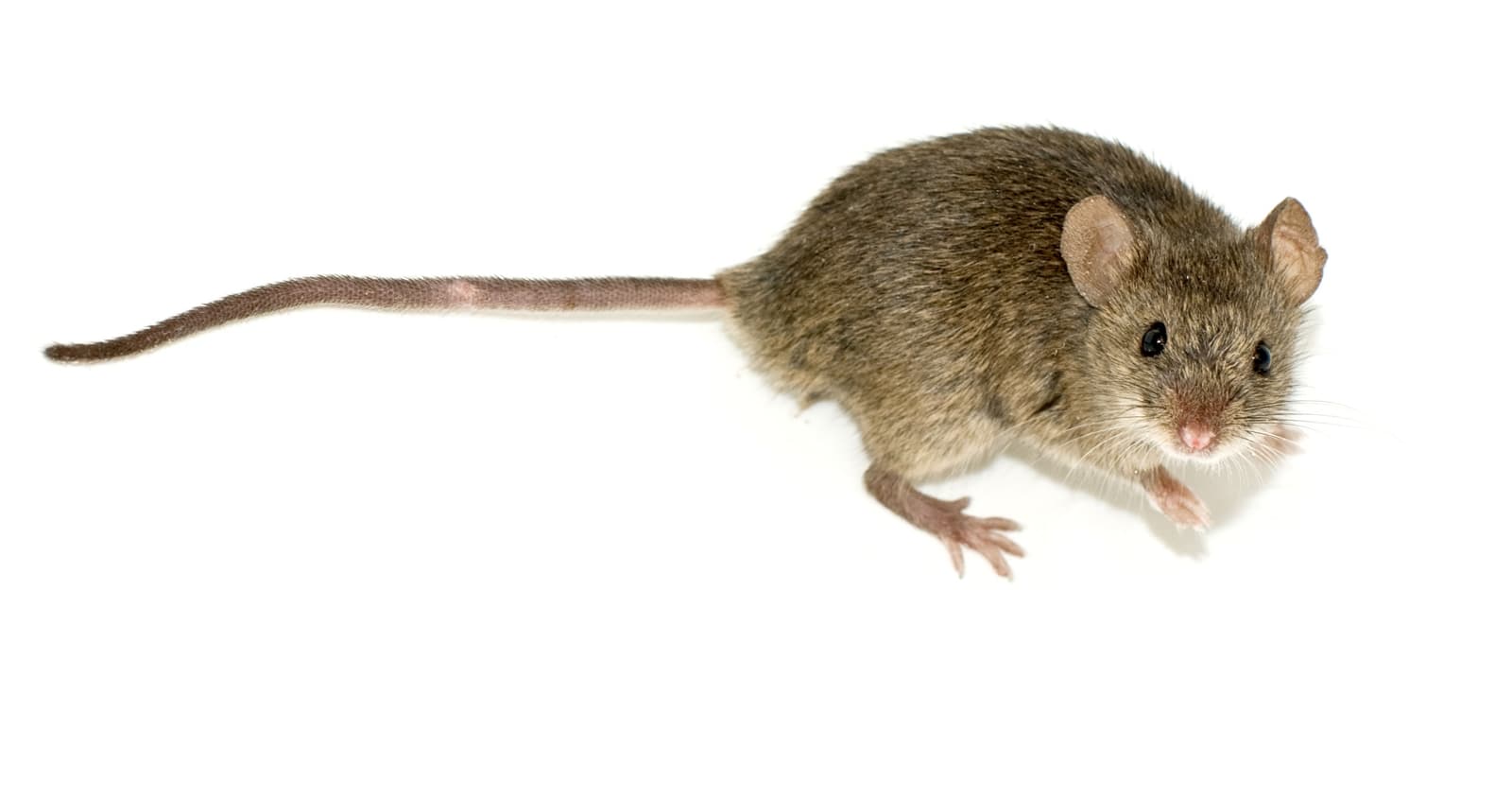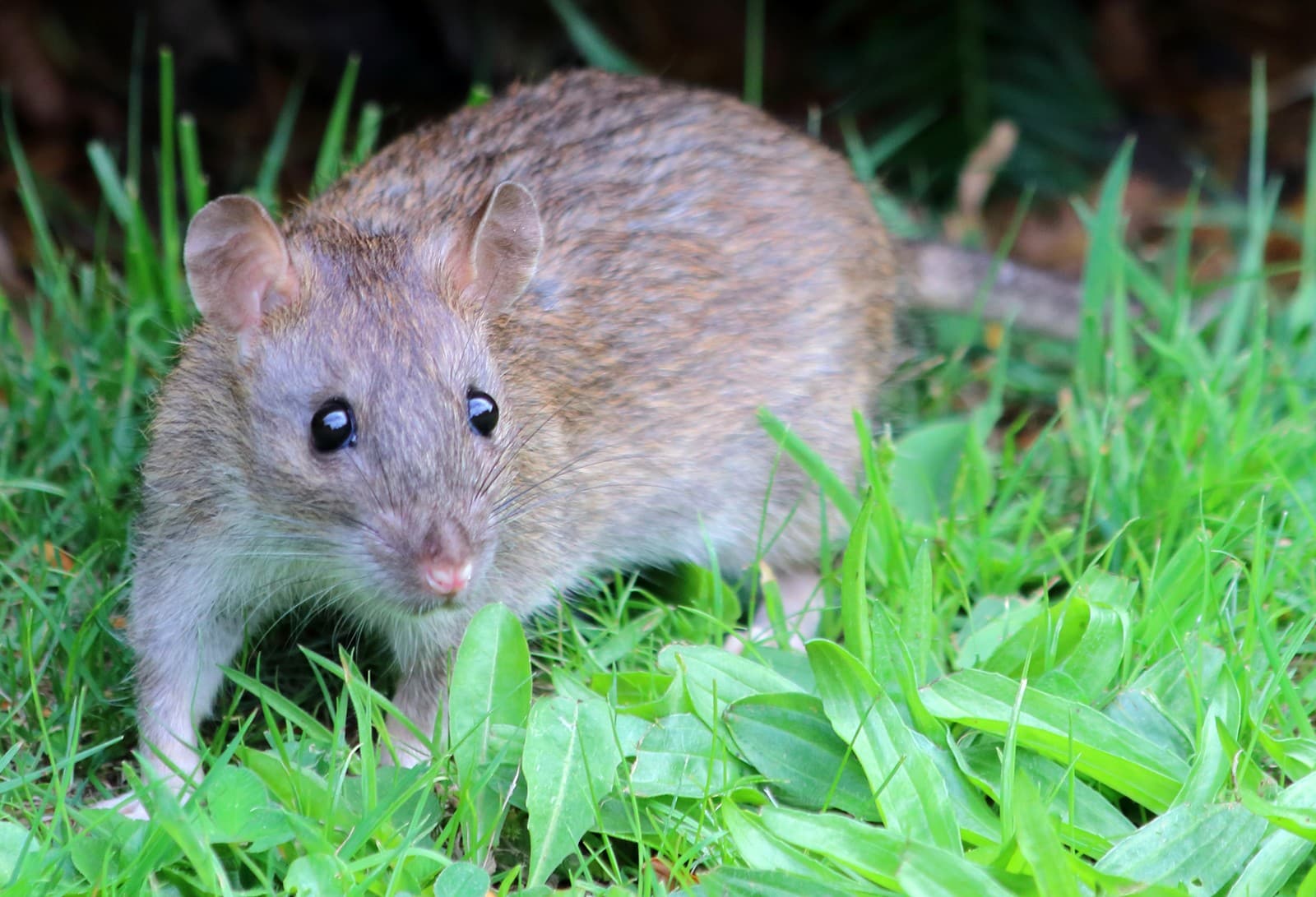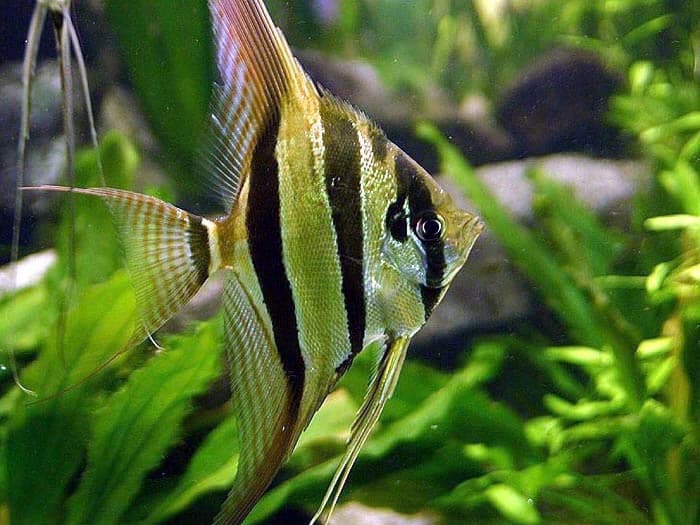Rat vs Mouse: A Complete Comparison
When comparing a rat vs mouse, size offers the most obvious distinction – rats typically measure 11-12 inches (28-30 cm) including their tail, while mice are significantly smaller at 5-7 inches (12-18 cm) total length. As a wildlife researcher who’s studied rodents across five continents, I can confirm that these common urban mammals, despite belonging to the same family Muridae, exhibit distinct characteristics that make identification straightforward once you know what to look for.
Beyond size, rats and mice differ notably in behavior and habitat preferences. Rats are generally more cautious, taking days to approach new objects in their environment, while mice exhibit bold curiosity, readily exploring novel items within hours. This behavioral contrast has significant implications for both pest control and scientific research.

© Dunpharlain / CC BY-SA 4.0
The brown rat (Rattus norvegicus) displays characteristic features that distinguish it from its smaller cousin. Note the robust body build, blunt nose, and proportionally smaller ears – key identification markers in the rat vs mouse comparison.

© George Shuklin (talk) / CC BY-SA 1.0
The house mouse (Mus musculus) exhibits more delicate features, including larger ears relative to head size and a pointed snout. These traits, combined with its smaller frame, help distinguish it clearly from rats.
Key Differences: Rat vs Mouse Comparison
| Feature | Rat | Mouse |
|---|---|---|
| Body Length | 9-11 inches (23-28 cm) | 3-4 inches (7.5-10 cm) |
| Tail Length | 7-9 inches (18-23 cm) | 3-4 inches (7.5-10 cm) |
| Weight | 12-16 oz (340-454 g) | 0.5-1 oz (14-28 g) |
| Droppings | 0.75 inch (19 mm), capsule-shaped | 0.25 inch (6 mm), rod-shaped |
| Behavior | Cautious, neophobic | Bold, curious |
| Territory Size | Up to 100 ft (30 m) radius | 10-30 ft (3-9 m) radius |
Behavioral Differences Between Rats and Mice
Rats and mice exhibit markedly different behavioral patterns that affect how they interact with their environment. Rats display neophobia – a fear of new objects – and will avoid unfamiliar items for days. Mice, conversely, investigate new objects within hours, making them easier to trap but also more adaptable to changing environments.
Habitat and Diet Preferences
While both species are opportunistic omnivores, their dietary preferences show distinct patterns:
- Rats prefer protein-rich foods and can consume 1-2 oz (28-57 g) daily
- Mice primarily feed on grains and seeds, eating only 0.1 oz (3 g) per day
- Rats require daily water access while mice can obtain sufficient moisture from food
- Mice feed 15-20 times per day, while rats typically feed once or twice
Who Would Win: Rat vs Mouse Combat Analysis
In territorial confrontations, rats dominate mice due to several advantages:
- 10-15 times greater body mass
- Stronger bite force: 7,000 psi vs 2,000 psi
- More aggressive territorial behavior
- Superior physical strength and endurance
However, direct confrontations rarely occur in nature as mice actively avoid areas marked by rat pheromones.
Identification Tips for Homeowners
To distinguish between rat and mouse infestations, look for these signs:
- Droppings Size and Shape
- Rat droppings: 0.75 inch (19 mm), capsule-shaped
- Mouse droppings: 0.25 inch (6 mm), rod-shaped with pointed ends
- Entry Points
- Rats need openings of 0.5 inches (12.7 mm) or larger
- Mice can squeeze through gaps as small as 0.25 inches (6.35 mm)
- Gnaw Marks
- Rat tooth marks measure 0.125 inches (3.2 mm) wide
- Mouse gnaw marks are smaller at 0.0625 inches (1.6 mm)
Understanding these distinctions helps in implementing effective control measures and maintaining a rodent-free environment.











